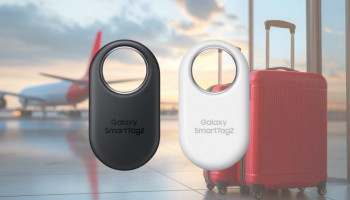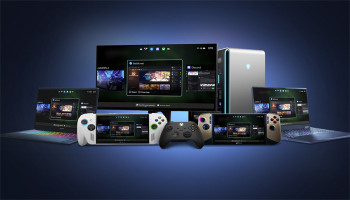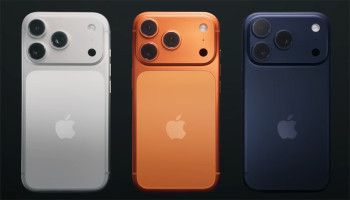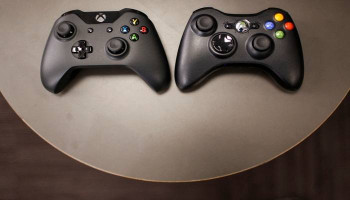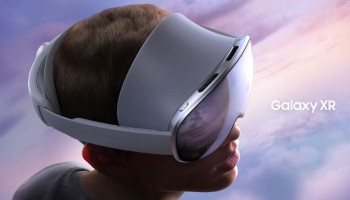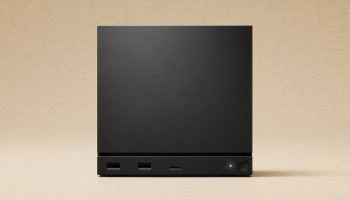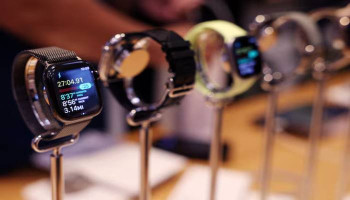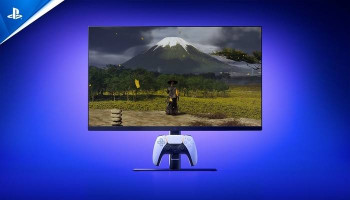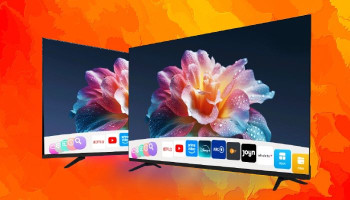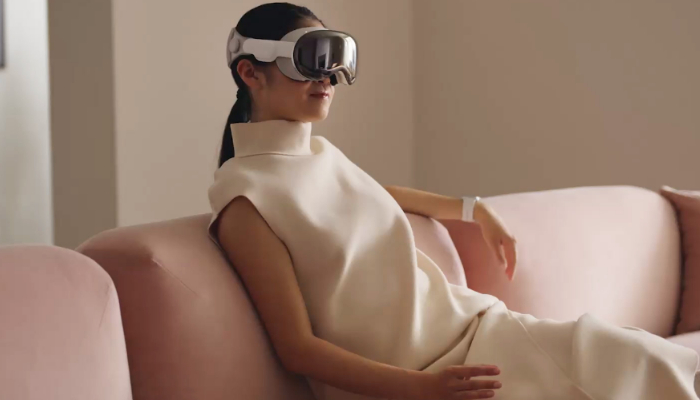
Apple Vision Pro, a cutting-edge 'spatial computer,' released in the US last week has undergone a teardown, revealing its advanced EyeSight display. The headset incorporates a unique three-layer glass shell that allows the headset to show a 3D version of the wearer's eyes with a stereoscopic effect. The teardown explains why the EyeSight feature may seem dimmer than Apple’s videos showing off the headset.
In a detailed inspection of the internal components, according to Gadgets360, citing iFixit details how the front of the Vision Pro, resembling ski goggles, comprises an OLED screen, a lenticular layer, and a widening layer.
This layered configuration produces a 3D representation of the user's eyes. Apple achieves the stereoscopic effect by incorporating a lenticular lens on the OLED display, displaying distinct images from various angles. iFixit clarifies that the Vision Pro creates a "3D face via the stereoscopic effect" by manipulating facial images from minute angles for the left and right eyes.
Read more: Apple stores begin selling Vision Pro for $3,500
Due to the necessity of displaying both images on the same screen, a reduced resolution is employed, resulting in a slightly blurry outcome. The second lens on the Vision Pro further expands the 3D perspective from the lenticular layer to prevent the eyes from appearing too close to the wearer's nose.
The combined effect of these layers diminishes the visibility of the wearer's eyes through the EyeSight feature, accompanied by a reduction in viewing angles. iFixit has shared a video displaying the OLED screen beneath the layers, revealing artefacts at the edges, visible only when the additional layers are removed. Further details about the external display of the Vision Pro can be explored in the linked teardown post.





